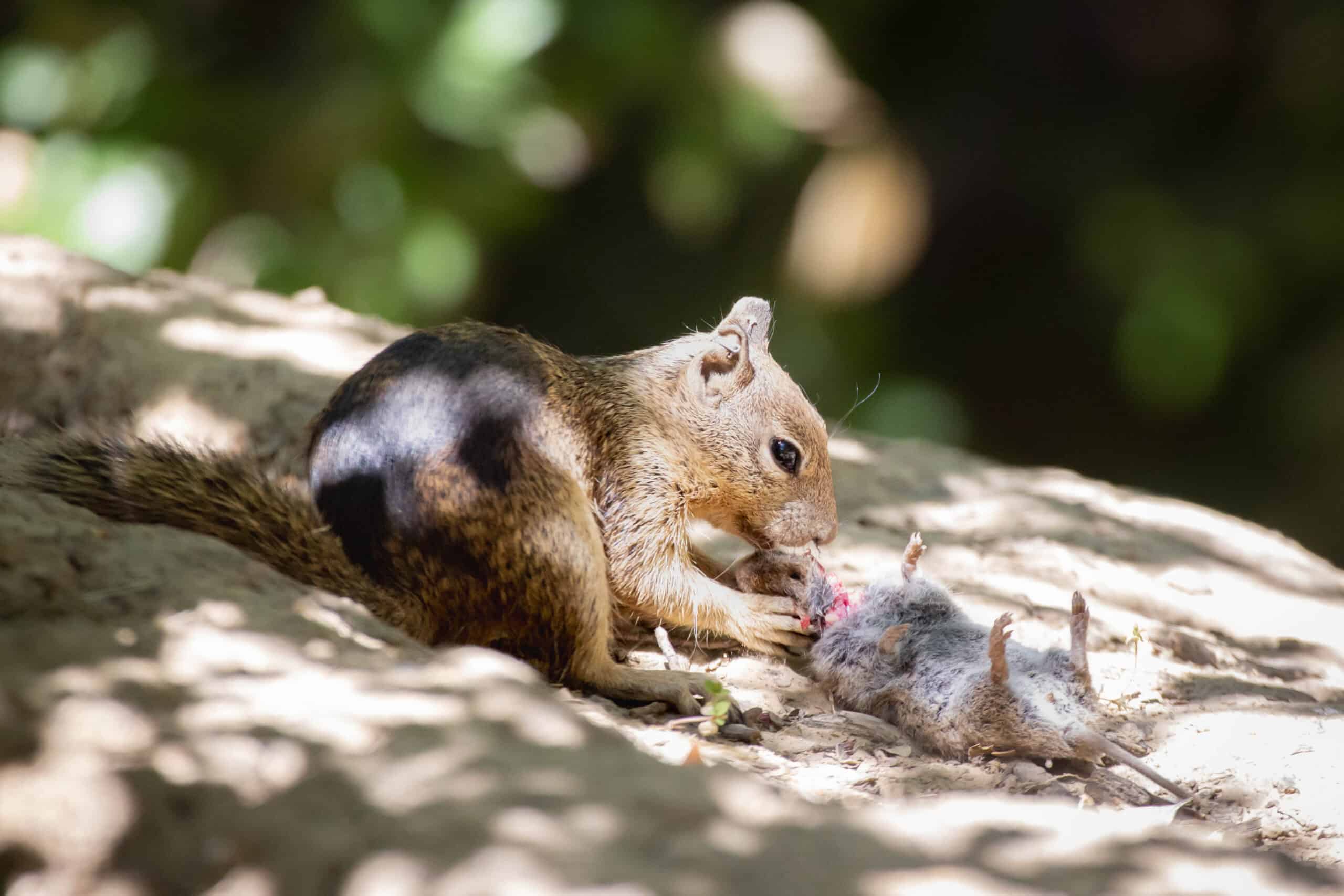Share this article
As screwworm population decreases, Key deer death rates slow
Efforts to conserve the federally endangered Key deer (Odocoileus virginianus clavium) are proving largely successful, thanks to the release of sterile screwworm flies and medication.
In October, the U.S. Department of Agriculture released nearly 60 million sterile New World screwworm flies – whose offspring cannot mate – in an attempt to reduce the parasite’s population. The screwworm flies (Cochliomyia hominivorax) lay their eggs in open wounds; the hatched larvae then feed on the surrounding flesh, usually resulting in the animal’s death.
While humans, pets, and livestock can be infected, the screwworm has largely affected Key deer, found only in the Florida Keys. Since early July 2016, screwworm infections have resulted in the death of 133 deer – from a herd of approximately 875 individuals.
On Dec. 11, USDA euthanized a deer due to a screwworm infection. This was the first deer to be euthanized since Nov. 15 – a sign that the release of sterile flies could be effectively driving down the screwworm population and slowing the death rate among deer.
USDA has also been administering doses of doramectin, an antiparasitic medicine that prevents and treats screwworm infections. Since October, 10,560 doses have been administered. Over 3,000 of those doses have been administered via food stations, where the deer have to rub against rollers soaked in the medicine to access food.
To help prevent the spread of the parasite, USDA operates a checkpoint along a northbound highway in Key Largo, checking outbound pets for infection. Since the checkpoint opened in October, none of the nearly 10,000 pets checked at the station have been found with the parasite.
The screwworm in not common throughout the greater United States, but is found in the Caribbean and South America. This outbreak marks the first time the screwworm has been present in the United States for more than 30 years.
Header Image: ©Murray Foublster








